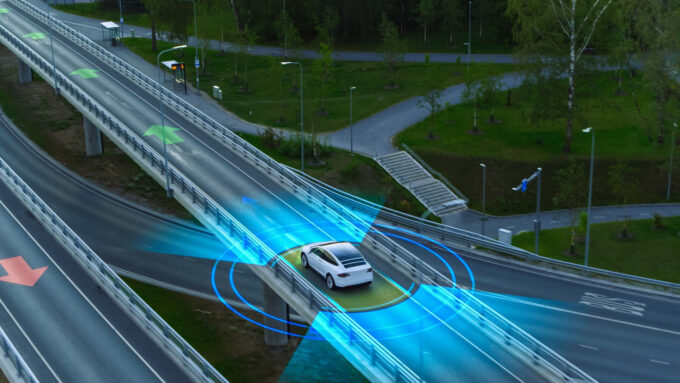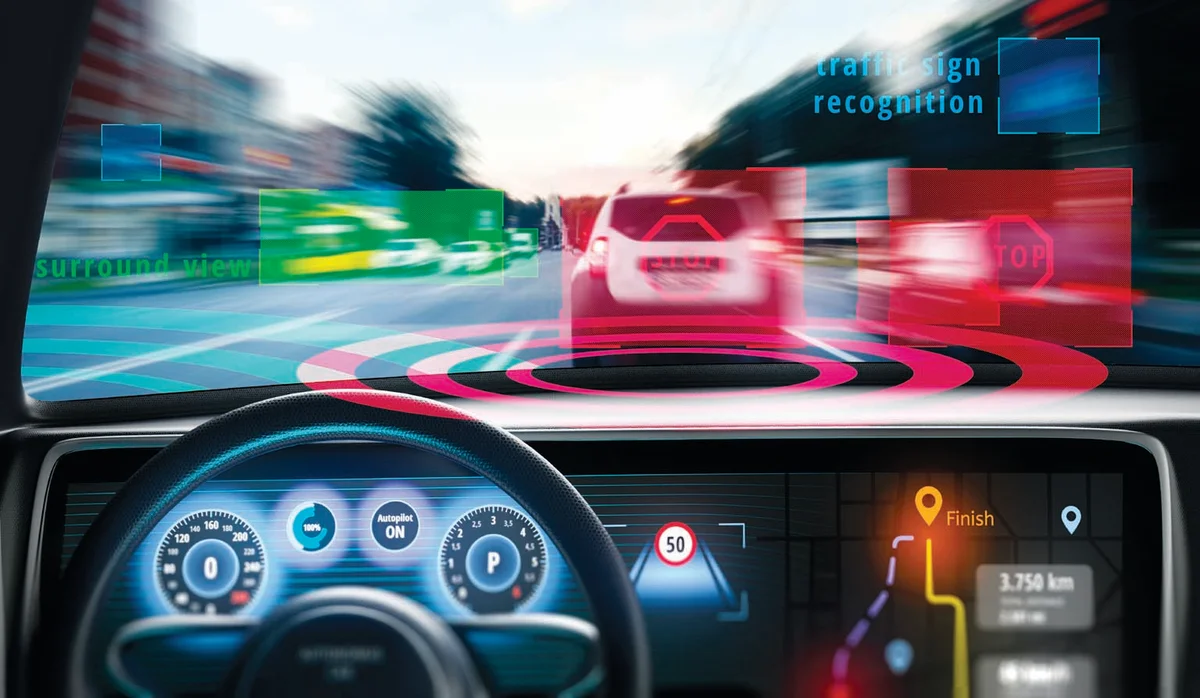In the dynamic landscape of automotive technology, the convergence of artificial intelligence (AI) and predictive analytics has birthed a revolutionary approach to accident prevention. Advanced Driver-Assistance Systems (ADAS) powered by AI algorithms are taking center stage, leveraging data from various sensors to predict and mitigate potential accidents. This not only promises a safer driving experience but also holds the potential to reshape the insurance industry by significantly reducing accidents and, consequently, impacting insurance rates.
The Rise of Advanced Driver-Assistance Systems (ADAS)
ADAS represents a paradigm shift in automotive safety, incorporating a sophisticated blend of sensors, cameras, radar, and lidar technologies. These systems work cohesively to collect real-time data from the vehicle’s surroundings, providing a comprehensive understanding of the driving environment. The integration of AI algorithms enables the system to interpret and analyze this data swiftly, anticipating potential risks and taking proactive measures to prevent accidents.
AI Algorithms in Action

Source: telematicswire.net
The heart of the predictive analytics revolution lies in the application of AI algorithms to car insurance. These algorithms process vast amounts of data, including the vehicle’s speed, trajectory, surrounding traffic conditions, and even the driver’s behavior. By employing machine learning techniques, the system continuously refines its understanding of potential hazards, learning from past incidents and near misses to improve its predictive capabilities.
One notable aspect of AI-driven accident prevention is the ability to assess and respond to dynamic situations in real-time. For instance, if the system detects a sudden change in traffic patterns or identifies a potential collision risk, it can trigger immediate alerts or even autonomously apply brakes to avert a potential accident. This proactive approach significantly reduces the reliance on human reaction time, enhancing overall road safety.
Impact on Accident Rates and Insurance

The integration of AI-driven predictive analytics in accident prevention has the potential to revolutionize the landscape of road safety, exerting a profound impact on both accident rates and the insurance industry. The transformative nature of this technology extends beyond just saving lives; it also carries significant financial implications for individuals and insurance companies alike.
One of the primary outcomes of employing AI in accident prevention is a substantial reduction in the frequency of accidents. By leveraging predictive analytics, AI can identify patterns and potential risks on the road, allowing for proactive measures to be taken. This not only translates to a decrease in the number of accidents but also results in a cascading effect on related financial burdens.
As accidents become less frequent, the number of insurance claims filed also decreases. This reduction in claims has direct financial benefits for both individuals and insurance companies. Individuals may experience lower premiums and out-of-pocket expenses, while insurance companies face a diminished financial burden associated with processing and settling claims. Consequently, the overall cost of insurance, both for individuals and the industry, can see a significant decline.
In response to the promising impact of AI-driven accident prevention, insurance companies are adapting their approaches to risk assessment and mitigation. Many insurers are actively exploring collaborations with automakers to incentivize the adoption of advanced safety features powered by AI.
These collaborations can manifest in the form of discounts for vehicles equipped with Advanced Driver Assistance Systems (ADAS) or other AI-driven safety technologies. Such partnerships not only promote the use of safer vehicles but also encourage a broader cultural shift towards prioritizing safety on the roads.
The incorporation of AI in accident prevention not only changes the dynamics of insurance pricing but also contributes to the establishment of a more proactive and preventative insurance model. Instead of merely compensating for losses after an accident occurs, insurers are increasingly focusing on preventing accidents in the first place. This shift aligns with a broader trend towards a data-driven and technology-driven approach in the insurance industry.
Challenges and Future Considerations
1. Data Privacy Concerns
The widespread use of predictive analytics relies heavily on data collection, and concerns regarding privacy must be addressed. Gathering and analyzing vast amounts of data related to driving behavior, traffic patterns, and vehicle performance raise questions about how this information is collected, stored, and shared. Striking a balance between extracting valuable insights for accident prevention and respecting individual privacy is crucial to gaining public trust and compliance with these technologies.
2. Algorithmic Bias

Source: techtimes.com
The algorithms powering predictive analytics systems may inadvertently perpetuate biases present in the data they are trained on. If historical data reflects societal biases, the algorithms can learn and perpetuate these biases, potentially leading to discriminatory outcomes. It is imperative to continuously assess and mitigate algorithmic bias to ensure fair and equitable accident prevention measures across diverse populations.
3. Standardized Regulations
The deployment of predictive analytics in accident prevention necessitates clear and standardized regulations. Without uniform guidelines, there is a risk of inconsistencies in the development, implementation, and oversight of these technologies. Establishing comprehensive regulatory frameworks that address safety, privacy, and ethical considerations will be essential to foster responsible innovation and ensure the reliability of predictive analytics in real-world applications.
4. Advancements in AI and Connectivity
The future of accident prevention lies in continuous advancements in AI, as well as the increasing connectivity between vehicles and infrastructure (V2X communication). AI algorithms will become more sophisticated, allowing for more accurate predictions and preventive measures. Enhanced connectivity will enable real-time information exchange between vehicles, traffic systems, and other components of the transportation ecosystem, contributing to more effective accident prevention strategies.
5. Collaborative Efforts

Source: scientificamerican.com
Creating a safer and more efficient transportation ecosystem requires collaboration among key stakeholders, including the automotive industry, insurers, and policymakers. Industry collaboration can lead to the development of standardized safety features and data-sharing protocols. Policymakers play a crucial role in establishing and updating regulations that ensure the responsible and ethical deployment of predictive analytics in accident prevention.
6. Prevalence of ADAS
As Advanced Driver Assistance Systems (ADAS) become more prevalent in vehicles, there is a need for awareness and education among drivers. Understanding the capabilities and limitations of these systems is crucial for their effective use. Additionally, insurers may need to adapt their policies to accommodate the increasing integration of ADAS, considering factors such as maintenance costs, repair procedures, and the overall impact on claims.
7. Transformation of Insurance Practices
The integration of predictive analytics in accident prevention is poised to reshape insurance practices. Insurers may need to transition from a reactive model, where claims are primarily processed after an accident occurs, to a more proactive and preventative model. This shift will likely involve the development of new insurance products, pricing models, and risk assessment methodologies that align with the evolving landscape of road safety.
In conclusion, while the potential benefits of predictive analytics in accident prevention are significant, addressing challenges related to data privacy, algorithmic bias, and regulatory frameworks is essential. The collaborative efforts of various stakeholders, coupled with ongoing advancements in AI and connectivity, will determine the success of these technologies in creating a safer and more secure driving experience for all. Responsible innovation and a commitment to ethical considerations will be key in navigating the evolving intersection of technology and road safety.







